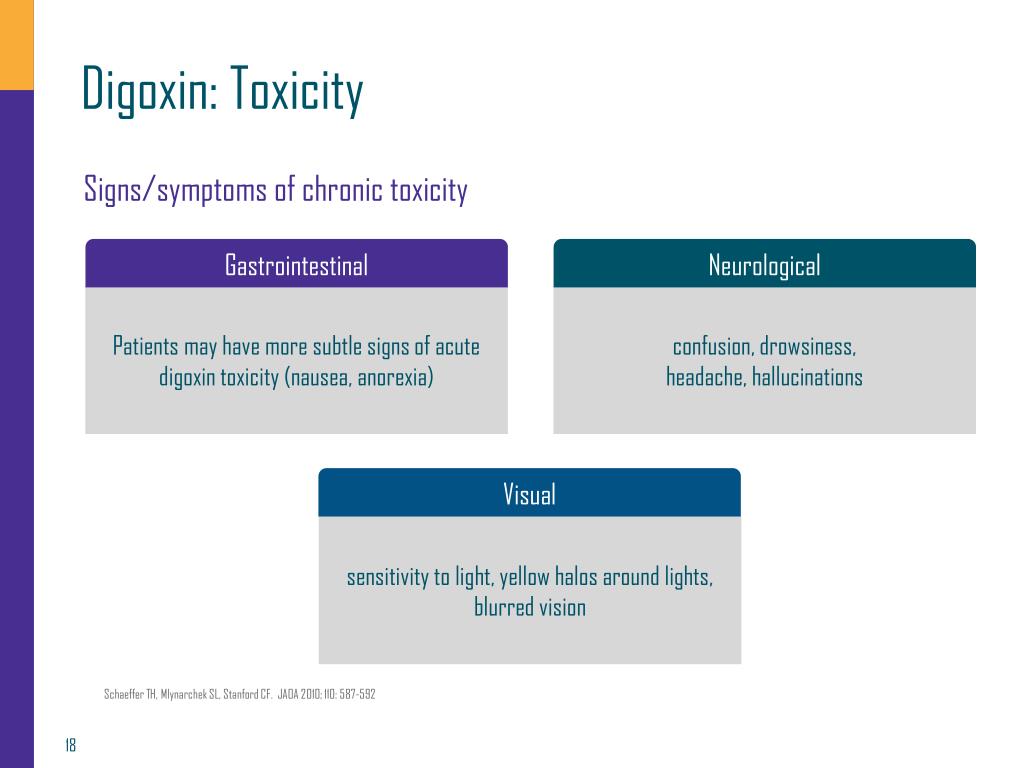
#ANTIDOTE FOR DIGOXIN FREE#
Many analyzers cannot measure free digoxin concentrations, and in this setting, digoxin levels should not be followed after administration of DSFab.

Cardioversion and pacing may induce dysrhythmias and are typically not used, but they may be needed in patients without other therapeutic options.ĭialysis also may be indicated in the patient with acute renal failure or refractory hyperkalemia however, it is not useful as a treatment for digoxin toxicity itself.ĭisposition depends on the patient's symptoms and stability as well as their potassium and digoxin levels. If DSFab is not available, then treatments such multidose-activated charcoal, atropine, and antidysrhythmics such as phenytoin or lidocaine may be employed. These patients should be closely monitored afterward for the same reasons. The onset of effect is approximately 20 minutes, with complete effect usually seen within 90 minutes.Ĭare should be taken to completely reverse digoxin in patients who are chronically taking digoxin, as reversal may exacerbate their underlying disease. The typical DSFab infusion is over 30 minutes, but it may be given as a bolus for critical patients. (Digoxin level (steady state) x Weight (kg))/100 = Number vials of DSFab for acute or chronic overdoseĭSFab fragments also can be given for poisoning with natural toxins, but the dosing is unclear.

(0.8 times the ingested dose)/0.5 = Number of vials of DSFab for acute overdose Digoxin Concentration greater than 10 ng/mL measured 6 hours post ingestion.Įmpiric dosing of DSFab can be given at a dose of ten to 20 vials for critically ill patients after acute overdose, three to six vials for chronic toxicity in adults, or one to two vials for chronic toxicity in children.


 0 kommentar(er)
0 kommentar(er)
